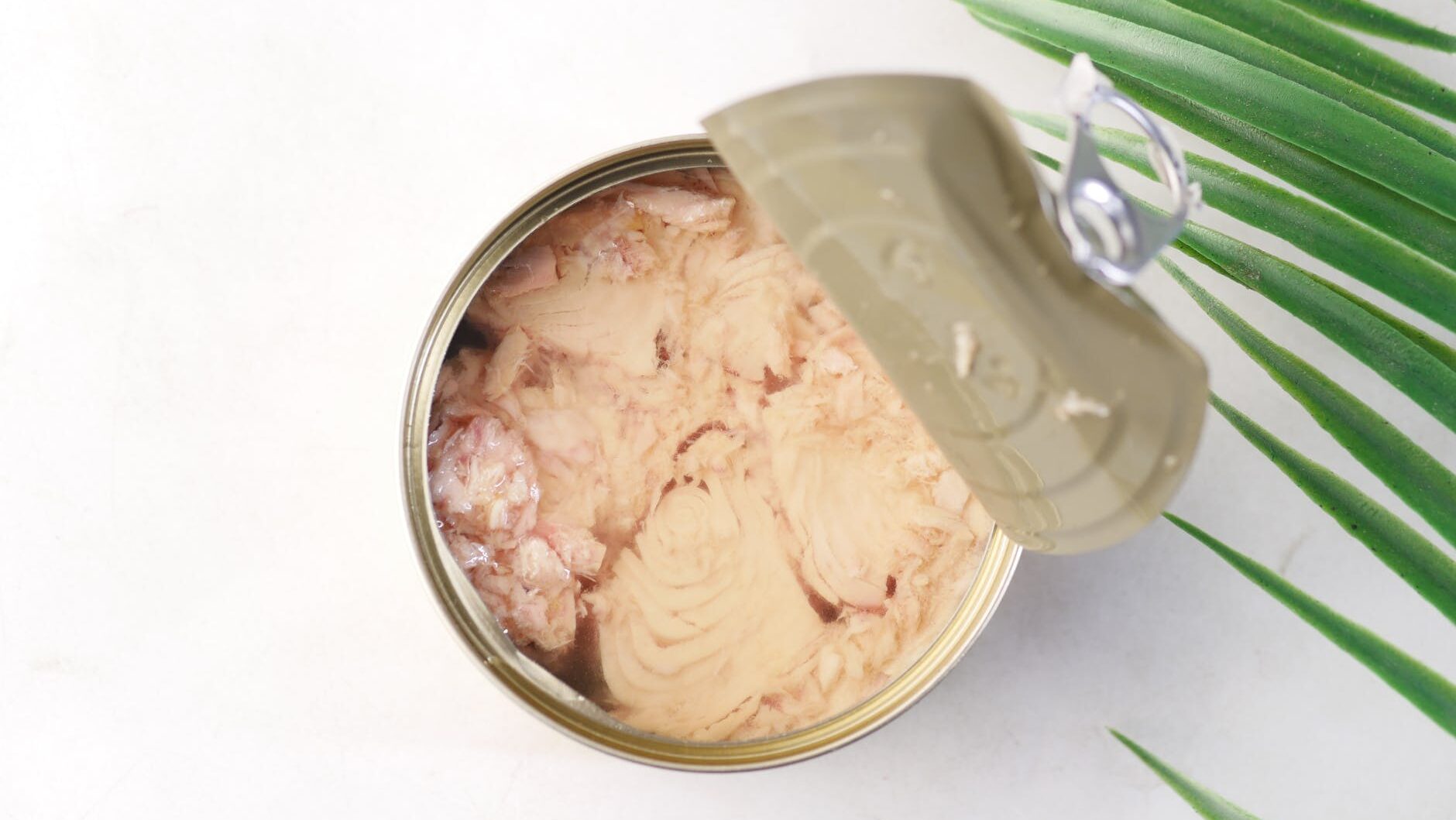As you navigate your grocery shopping, you’re likely curious about the factors that influence prices. With various market dynamics at play, certain grocery items may soon see noticeable increases. Being aware of these changes helps you plan your purchases and avoid sticker shock. From fresh produce to pantry staples, several products could become more expensive in the near future. Understanding these trends can help you manage your budget while still enjoying the foods you love.
Seafood

Shrimp and popular fish cuts are trending higher, with medium raw shrimp up nearly 4% recently. Tariffs, tight supply, and shipping costs are driving prices. Consider frozen bags over fresh, buy during weekly seafood promotions, and try versatile species like pollock or tilapia when salmon or cod spike.
Coffee

Imported beans are sensitive to tariffs and weather in growing regions, which can push prices up. Watch for buy-one-get-one sales, consider larger-format bags, and try store-brand whole beans. If you use pods, check warehouse clubs or subscribe-and-save to lower your per-cup cost.
Wine

Tariffs and logistics are pressuring bottle prices, even in the under-$12 segment that makes up most U.S. sales. Stretch your dollars with boxed wines for gatherings, explore lesser-known regions, and buy by the case during retailer events.
Nuts

Cashews, pecans, and macadamias are especially vulnerable to tariffs and higher processing costs. Buy in bulk, store in the freezer to extend freshness, and swap in peanuts, sunflower seeds, or almonds when prices jump.
Cheese

Imported wheels like Parmigiano-Reggiano and Gouda may tick upward with tariffs and transport costs. Grate and freeze hard cheeses, look for domestic alternatives such as aged domestic Parmesan, and buy from the deli counter to control portions.
Canned Tuna

Supply constraints and higher global demand are nudging prices up. Stock up during case sales, compare per-ounce prices between pouches and cans, and try canned salmon or sardines when tuna rises.
Batteries

Costs for common sizes can climb with raw materials and shipping. Build a small home stash, favor warehouse packs for better unit pricing, and consider rechargeable kits for remotes and toys to lower long-term spend.
Baby Formula

Reports point to continued price pressure and occasional spot shortages. If your child tolerates a store-brand equivalent, compare labels and talk to your pediatrician about safe swaps. Buy ahead when your preferred formula is in stock.
Eggs

Prices fluctuate with avian flu and feed costs. In December 2024, a dozen large, grade-A eggs averaged $4.15, up 14% from November. Watch weekly circulars, try club packs to cut per-egg cost, and consider liquid eggs for baking when cartons run high.
Chicken

Feed and transport costs are pushing prices higher, especially for boneless, skinless breasts. Buy whole birds or bone-in cuts for better value, portion and freeze, and use flyers to plan meals around markdowns.


Comments
No Comments